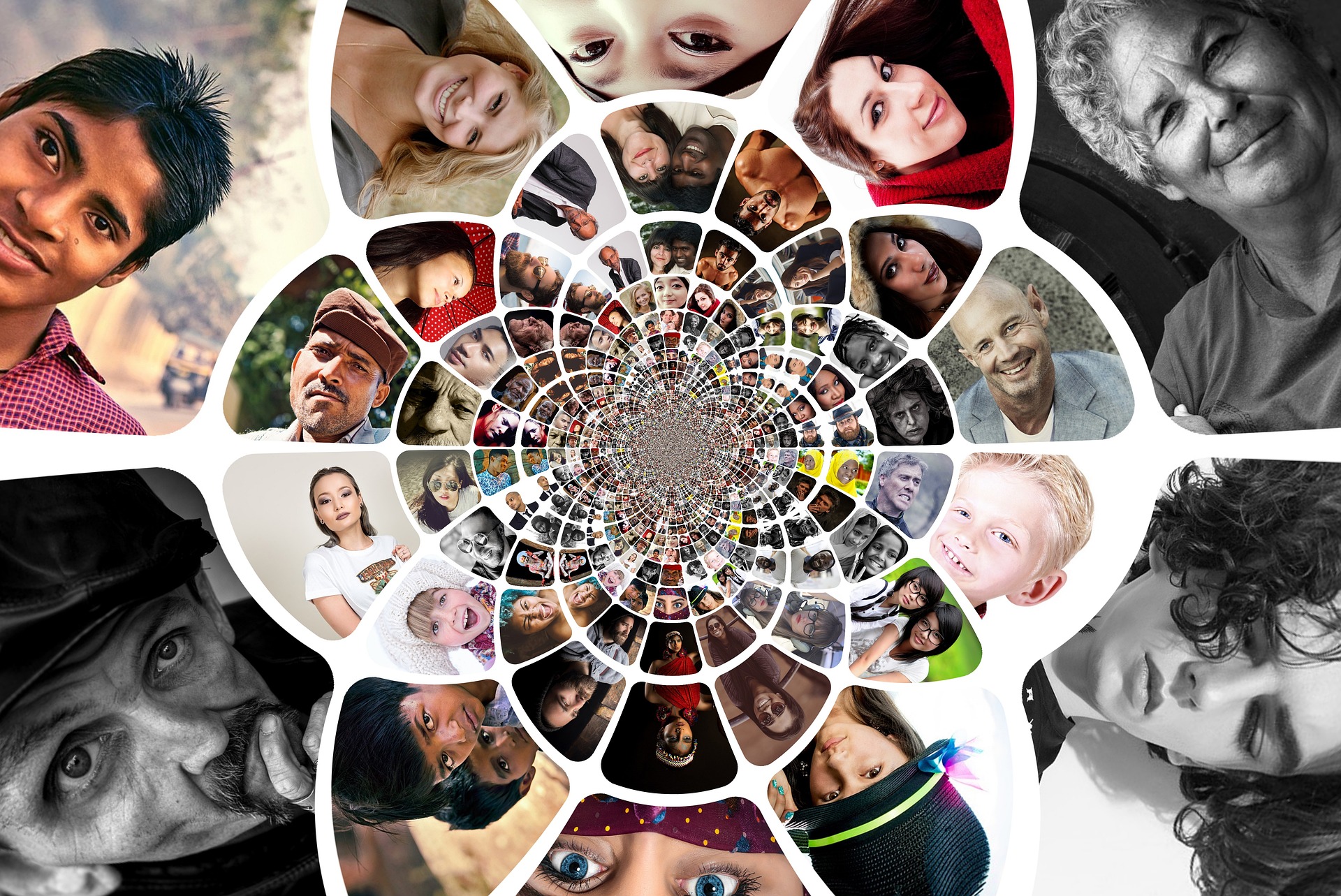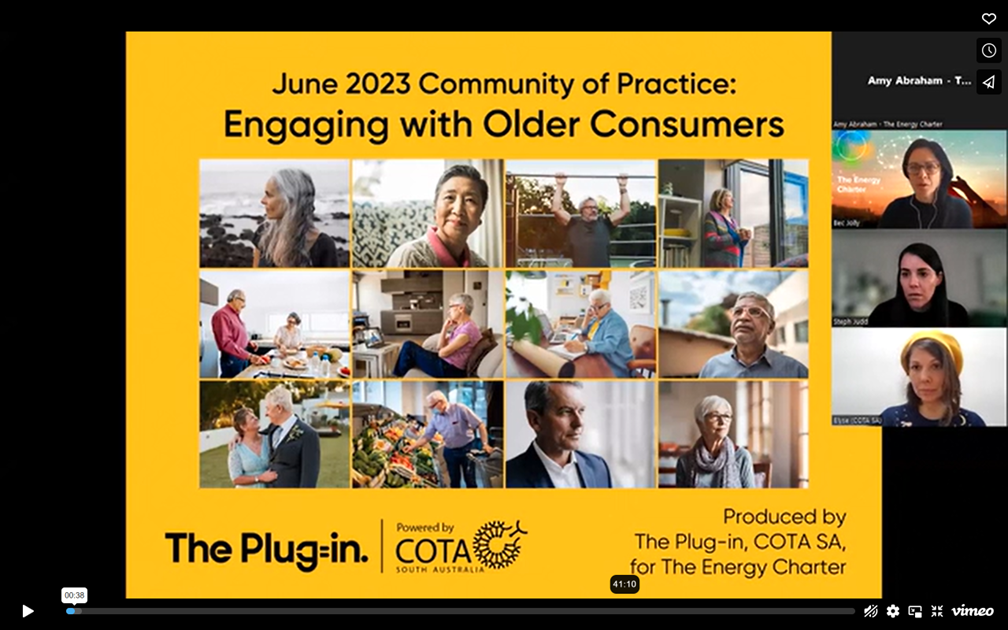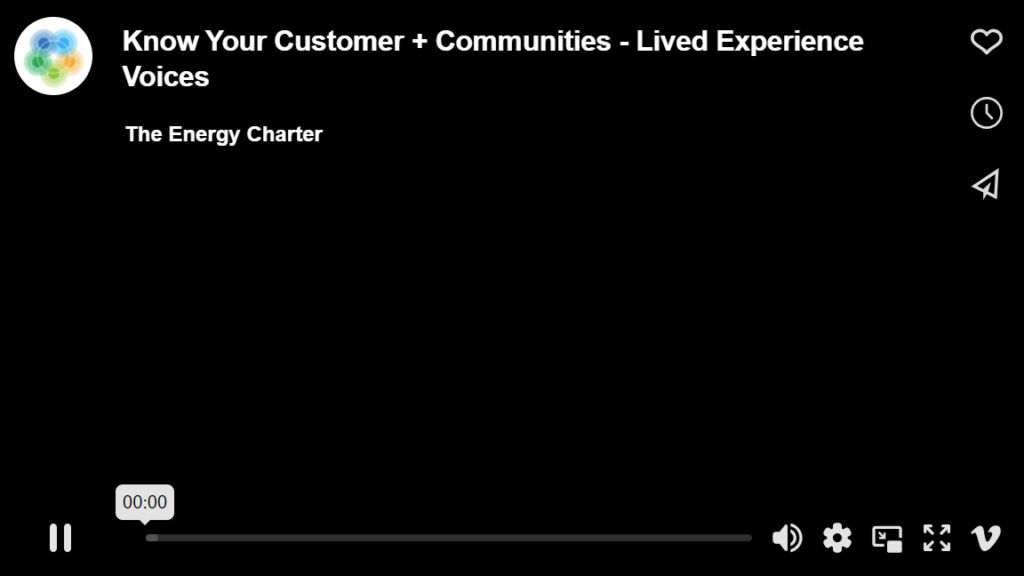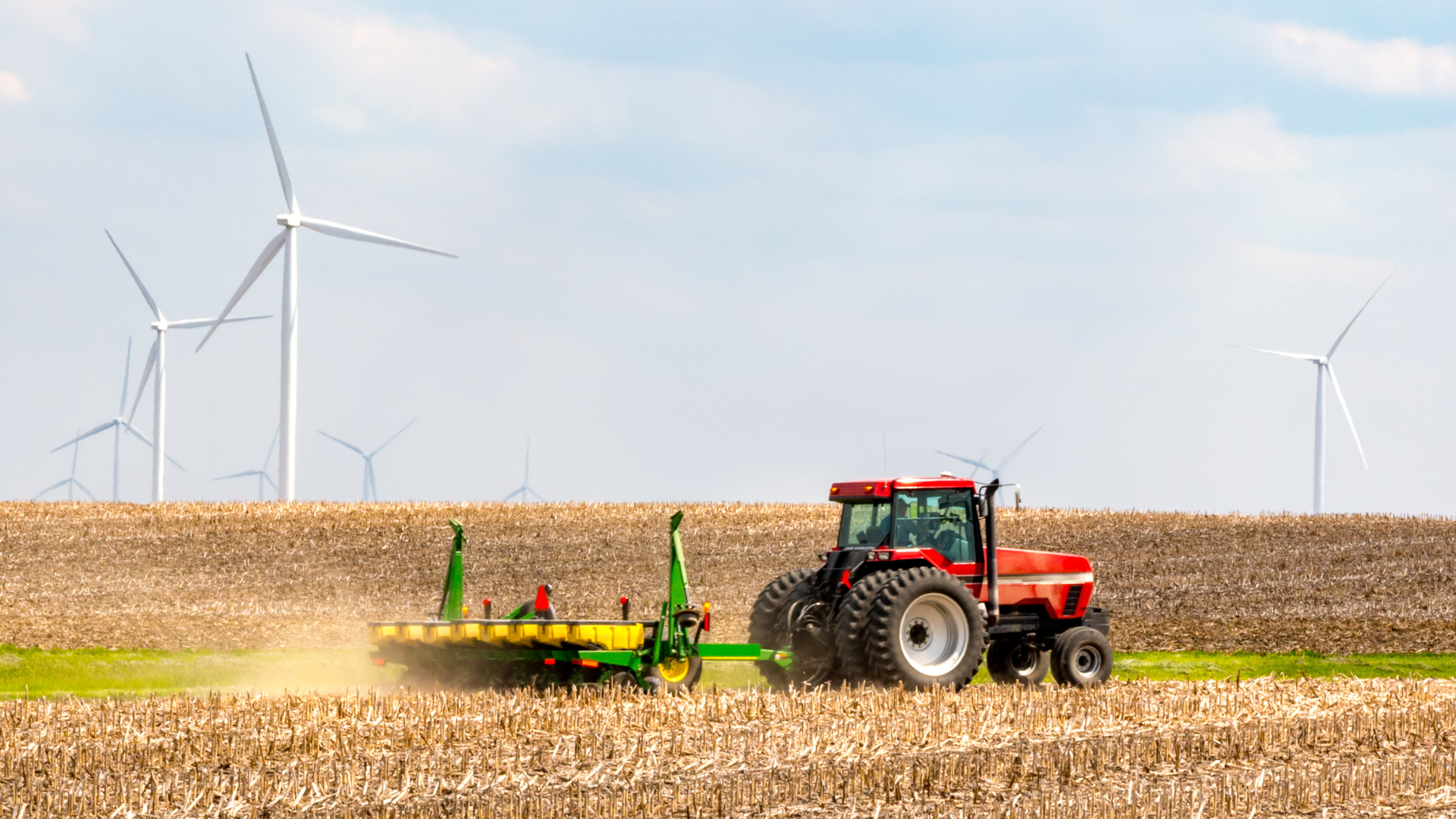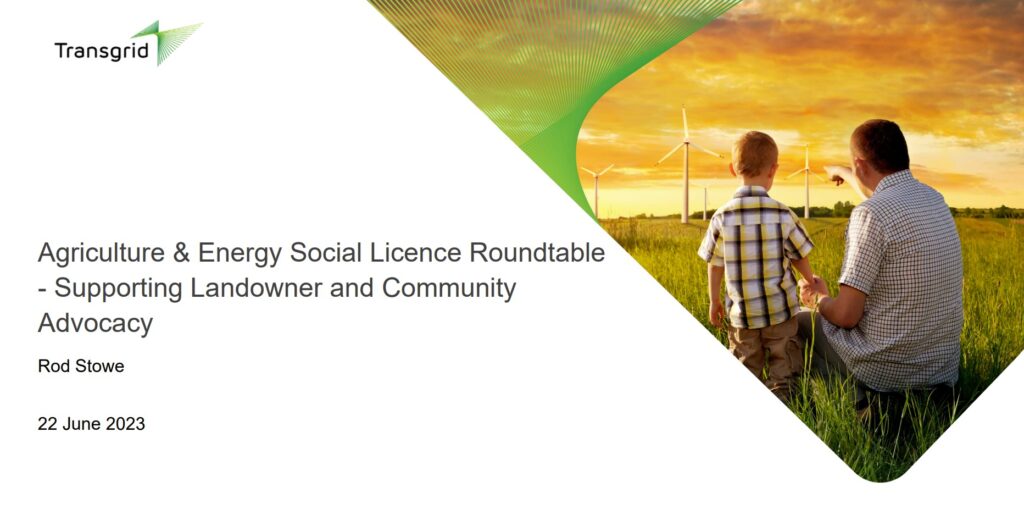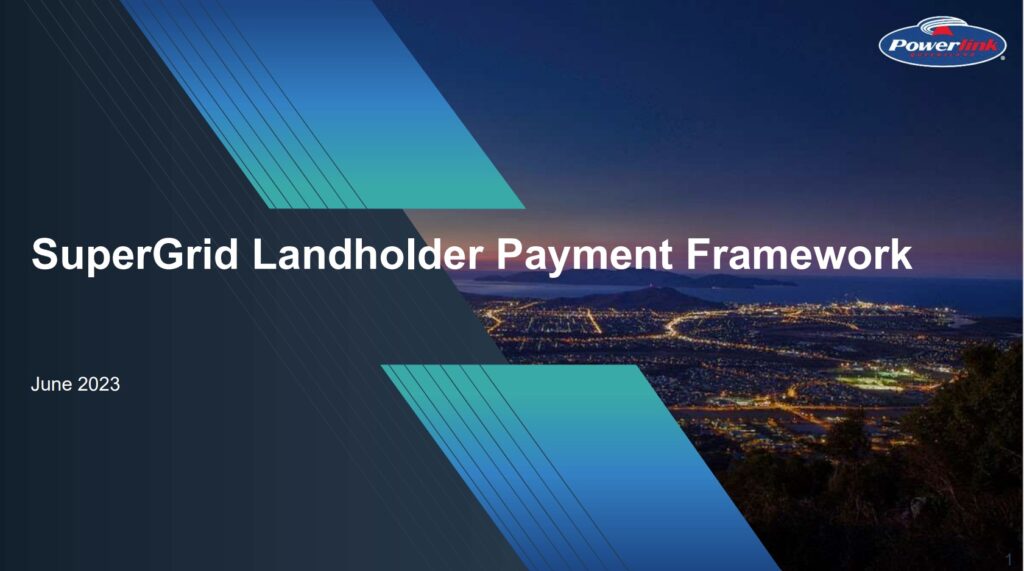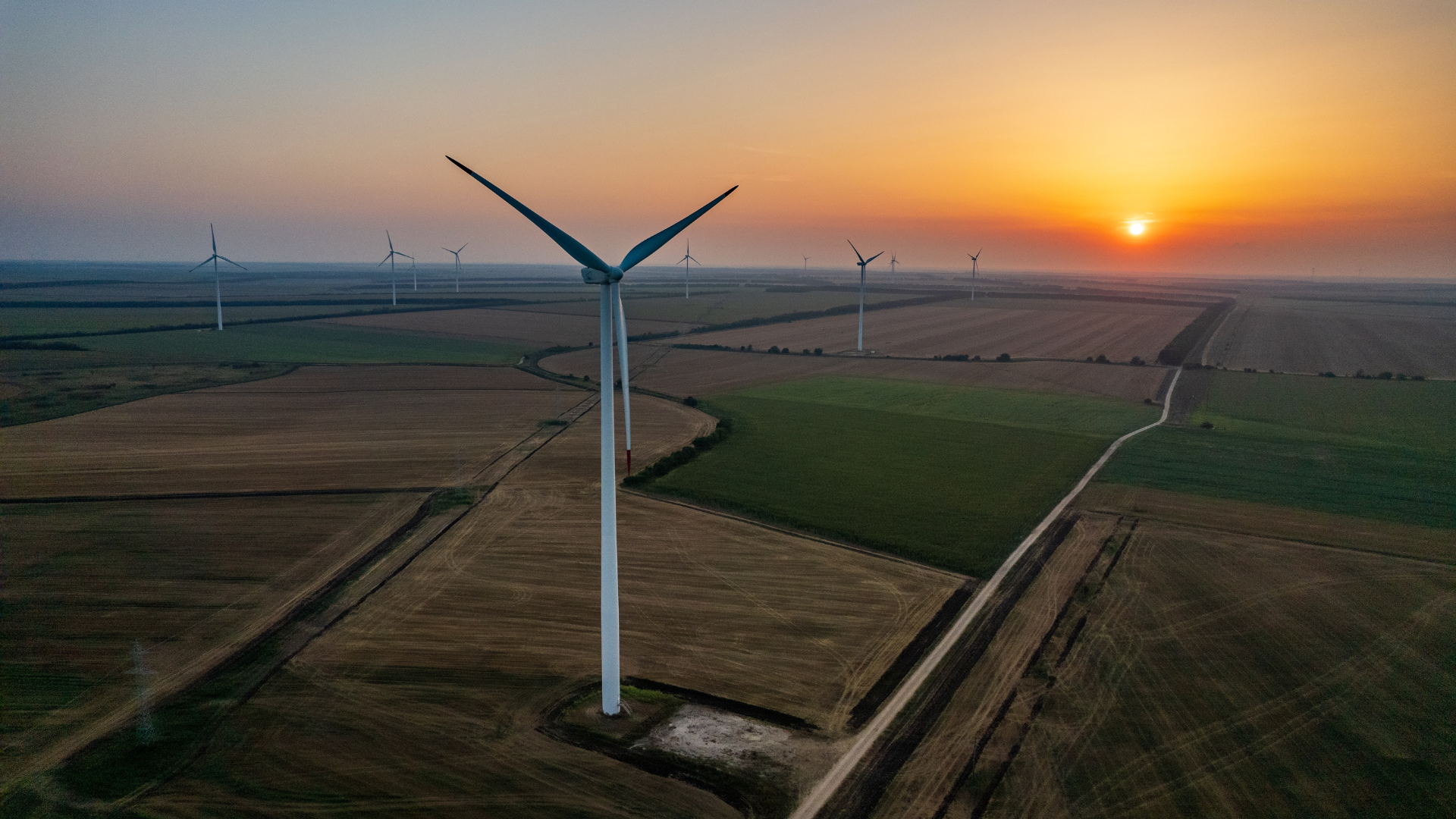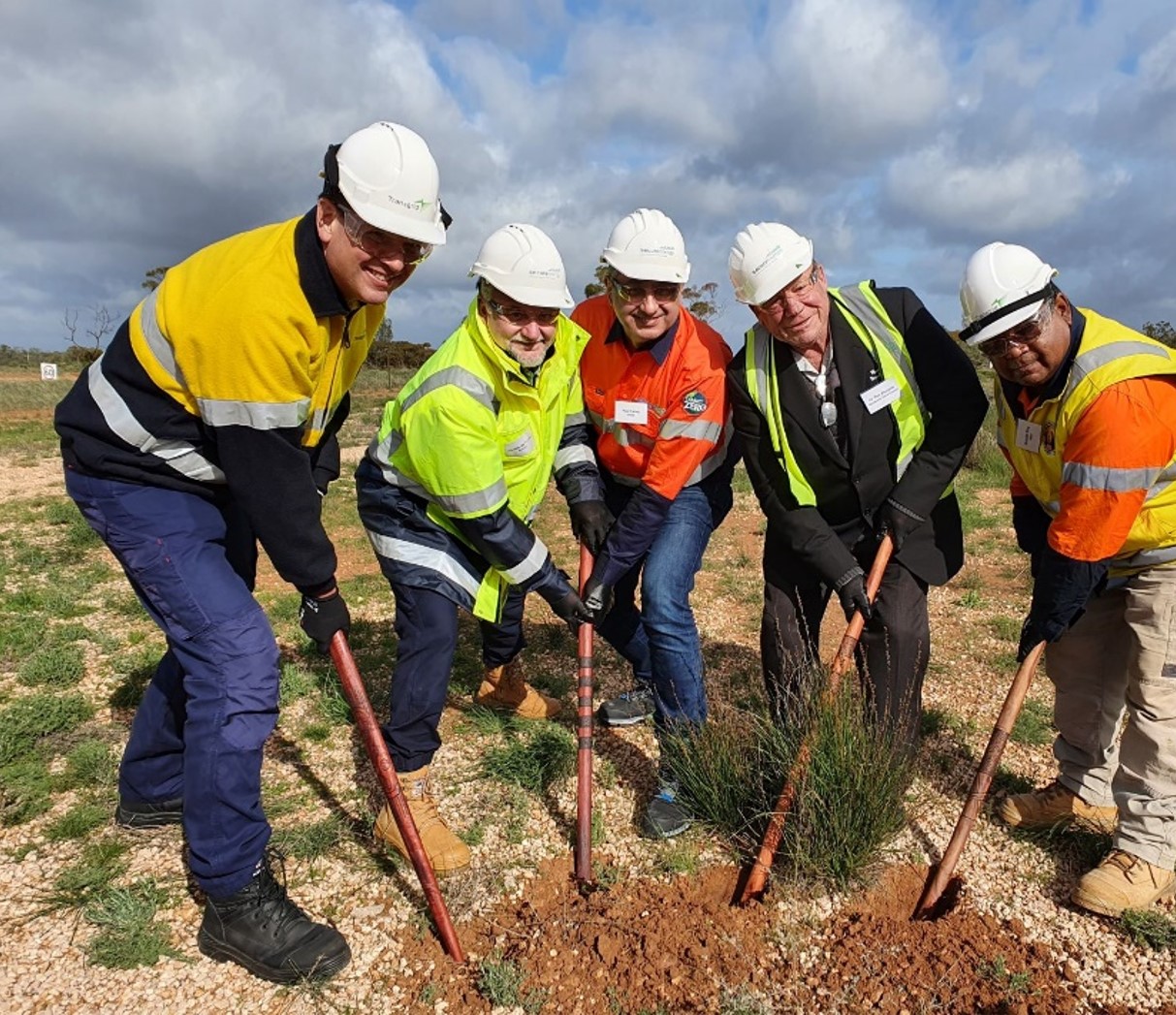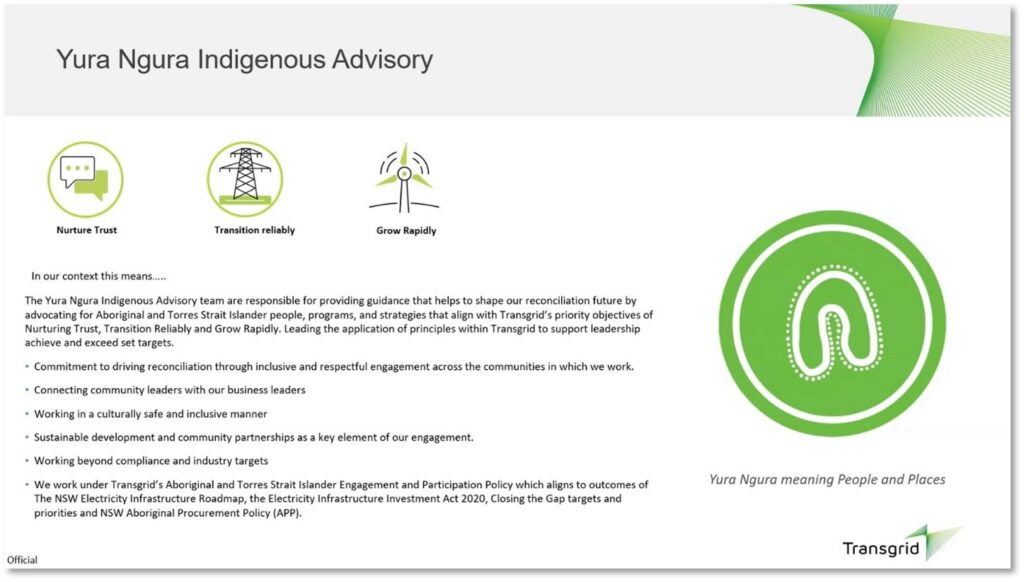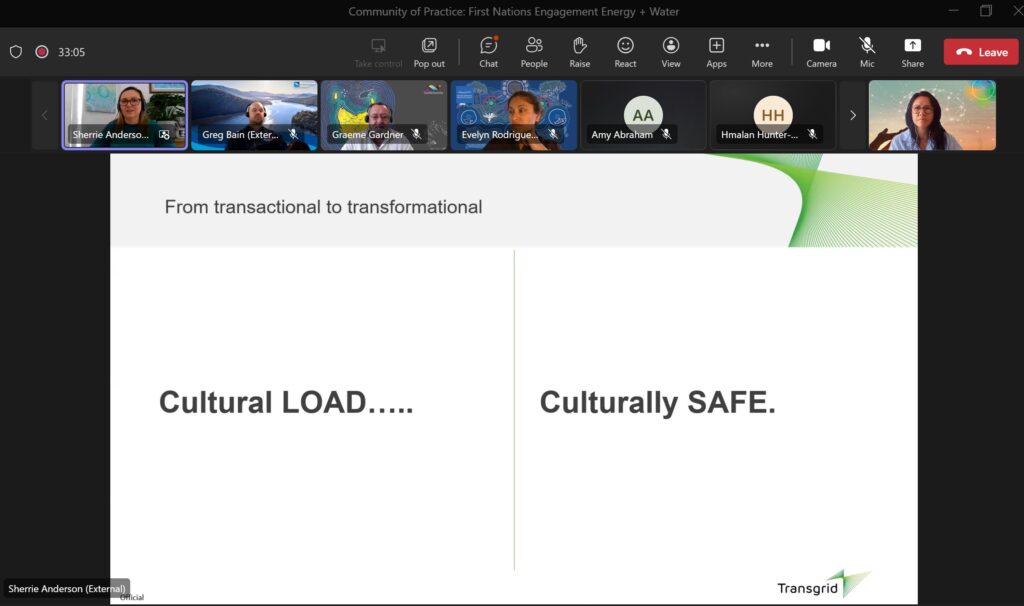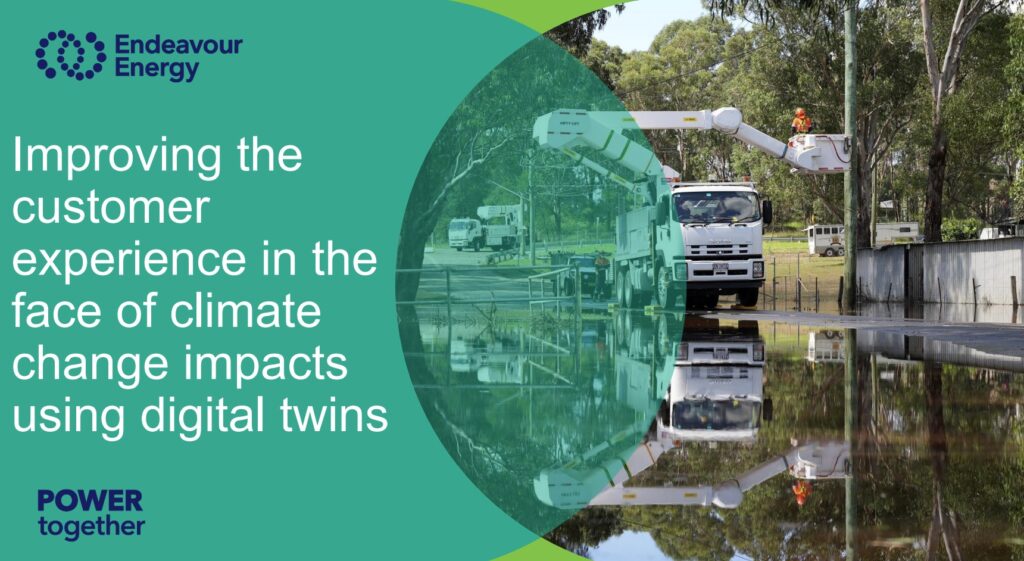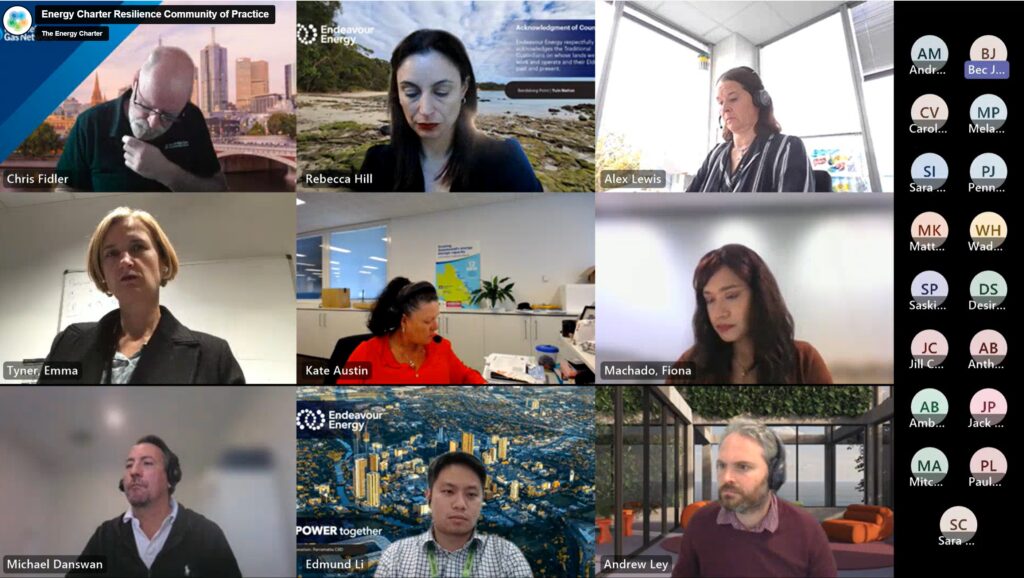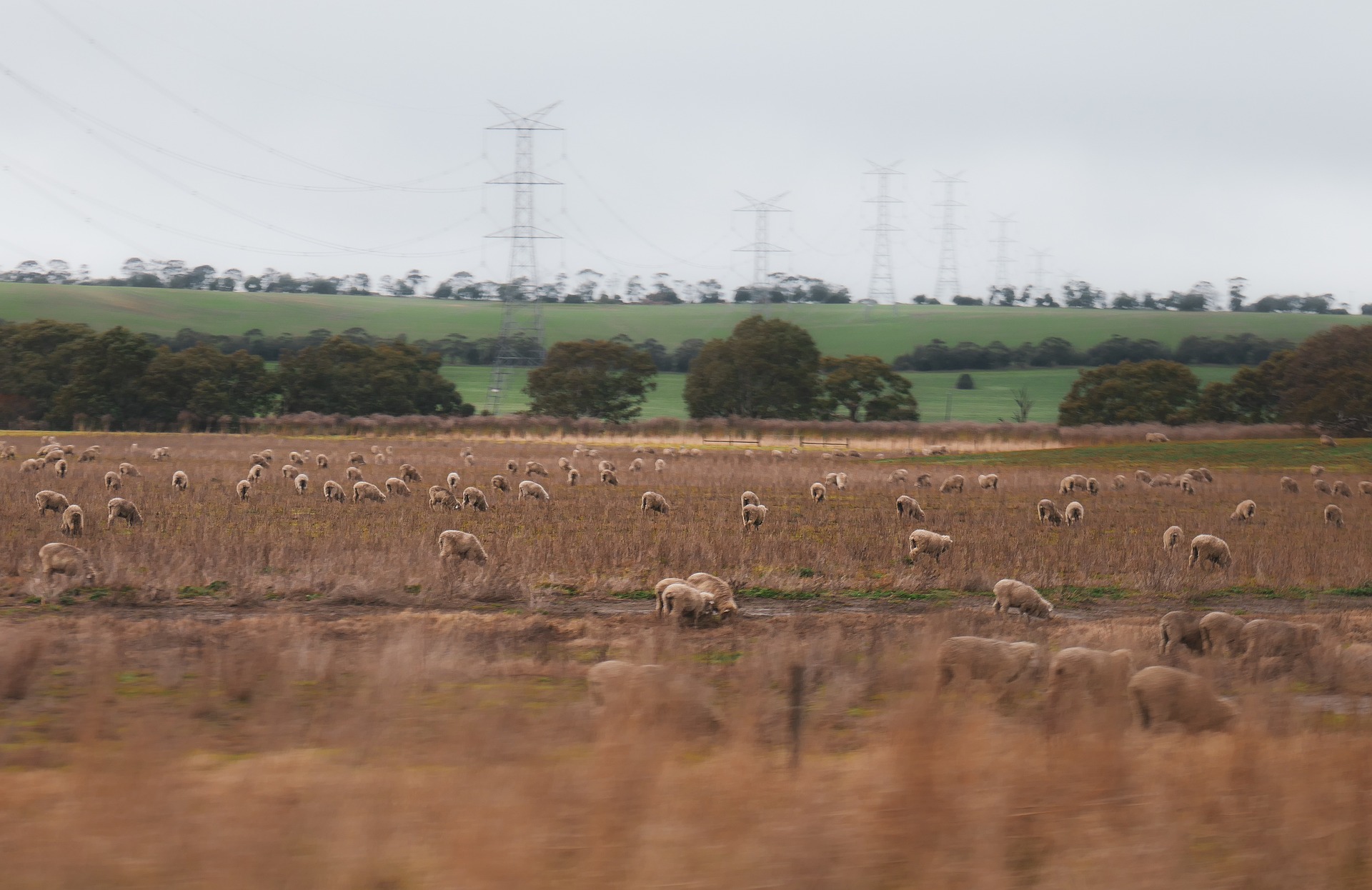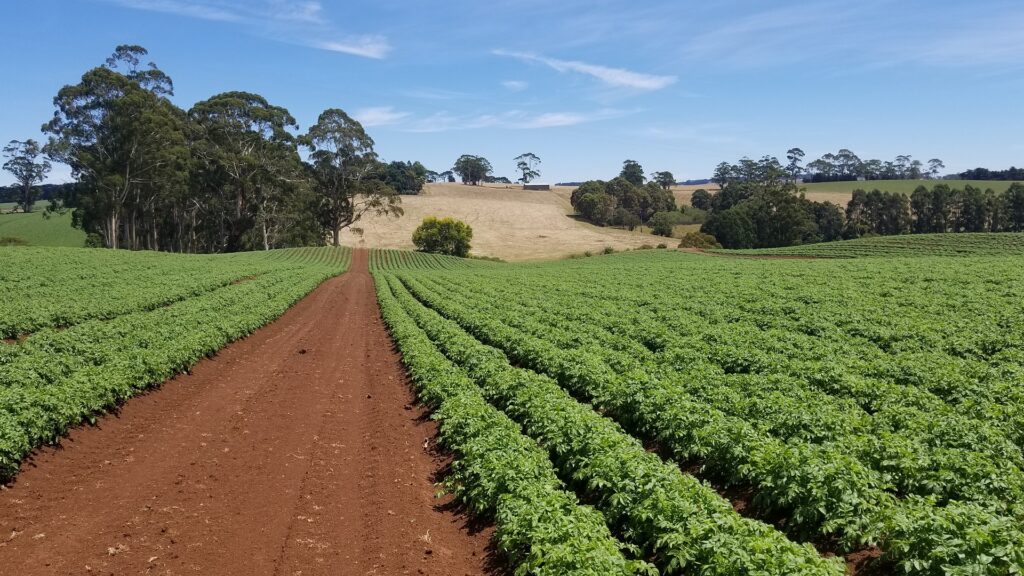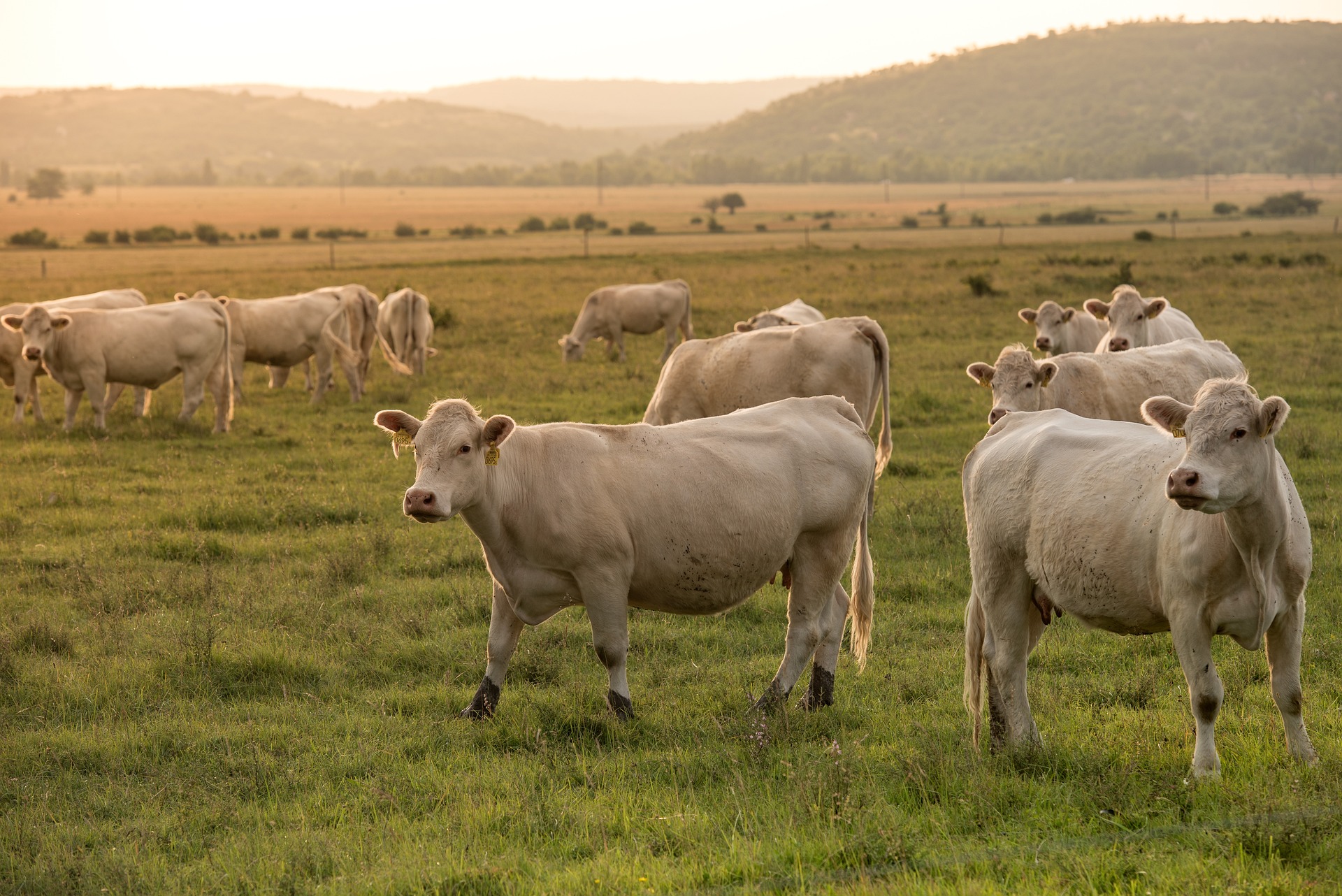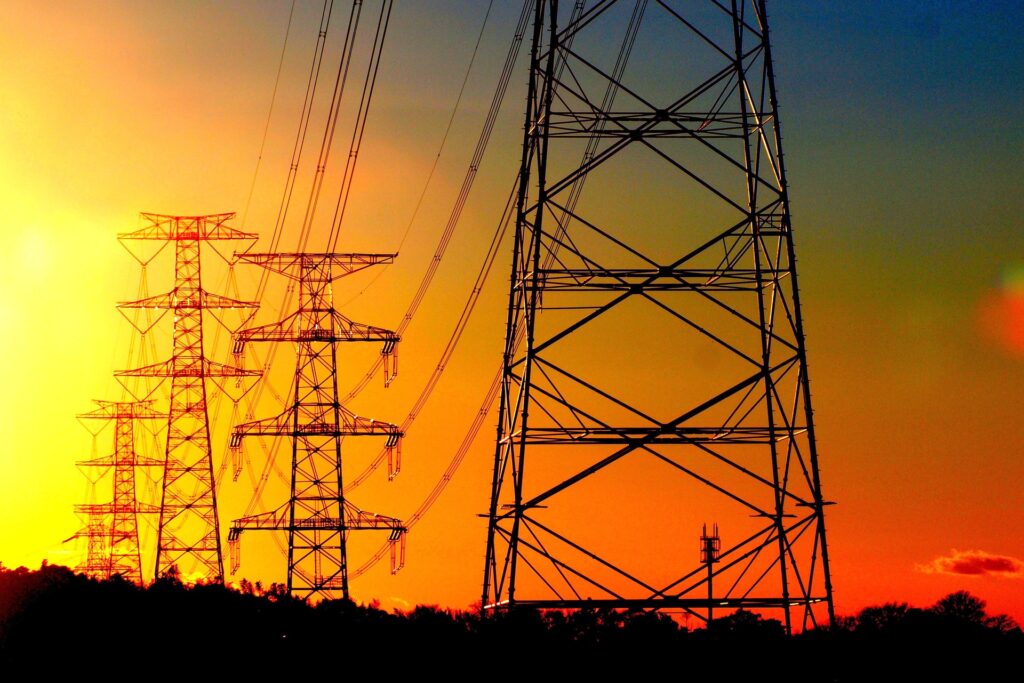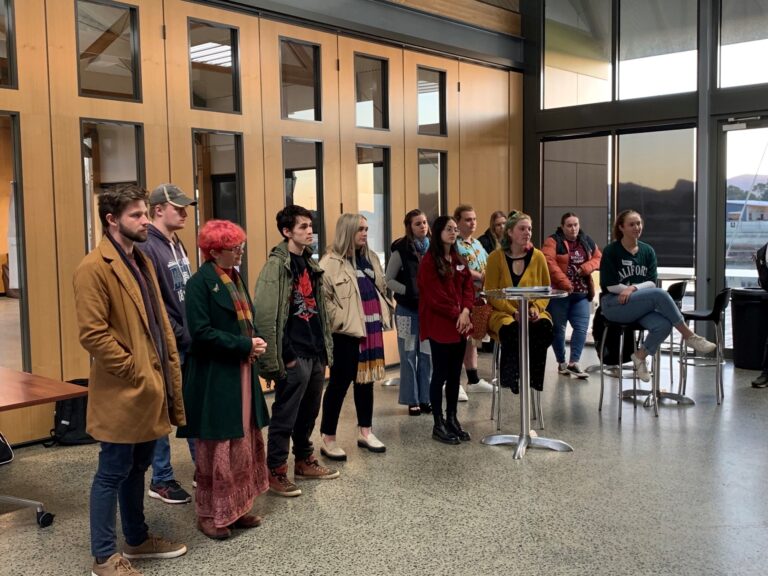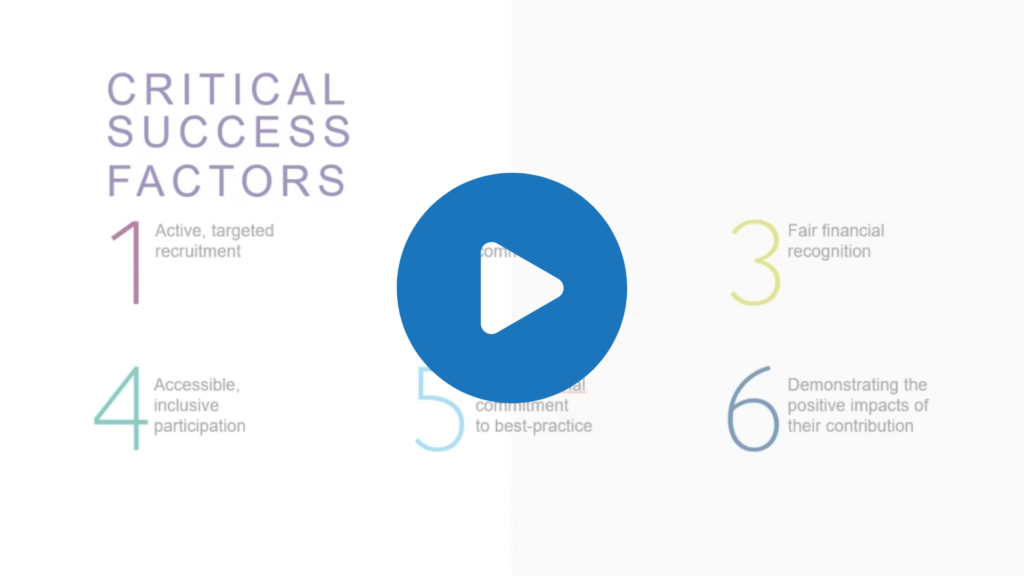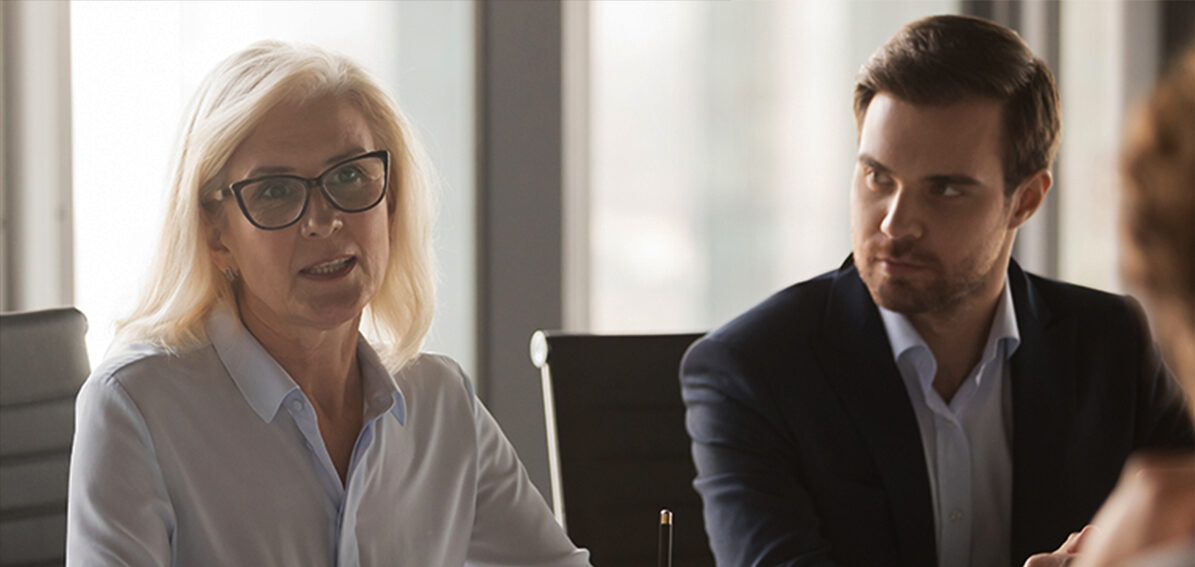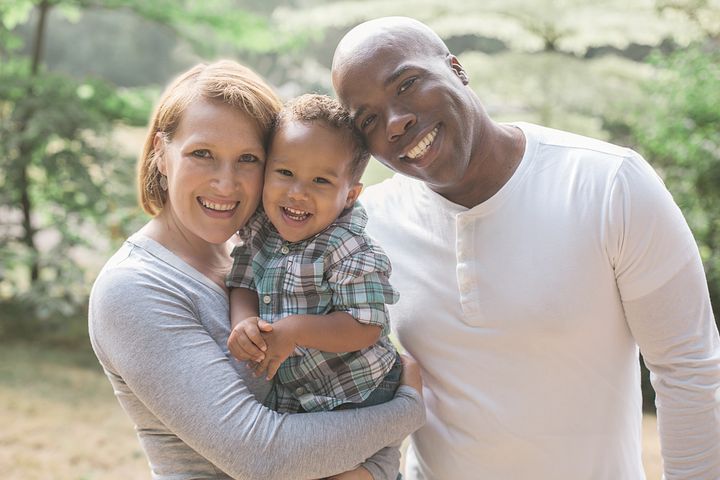Many older people have AND are carers and may have another person who regularly acts on their behalf. Older people are more likely to struggle with smaller print, quiet audio and long wait times.
They are also more likely to be unable to live without utilities!
The Energy Charter’s Better Practice Customer Engagement Toolkit acknowledges the robust processes businesses need to understand their customers and communities. The Toolkit provides practical strategies for energy businesses on ways to incorporate feedback into their decision making.
Essentially, all energy businesses are here to serve customers and communities (whether they are residential, small & medium business, or large commercial and industrial). To deliver energy products and services in a way that meets customer and community needs and expectations, we first need to understand: what are those needs and expectations?
That’s why engaging with customers and communities is critical.
In our June Know Your Customer + Communities – Community of Practice, we heard from Elise Lloyd and Sharmilla Zaluski from the Council of the Ageing (COTA), South Australia (SA) and The Plug-In who work with Australians aged 50 and over in the design of products and services and the delivery of research.
Who are the subject matter experts?
Elyse is Acting Research Manager at the Plug-in. She is a psychological scientist and data analyst with experience in market and social research across an array of sectors. She has previously worked as a specialist in ageing research, focusing on quantitative methodologies.
Sharmilla is an Associate at The Plug-in. Sharmilla is an original member of The Plug-in start-up team and now contributes her expertise on a project basis as an advisor, co-researcher and workshop facilitator. She has previous experience working in policy, community engagement and customer service roles in local government.
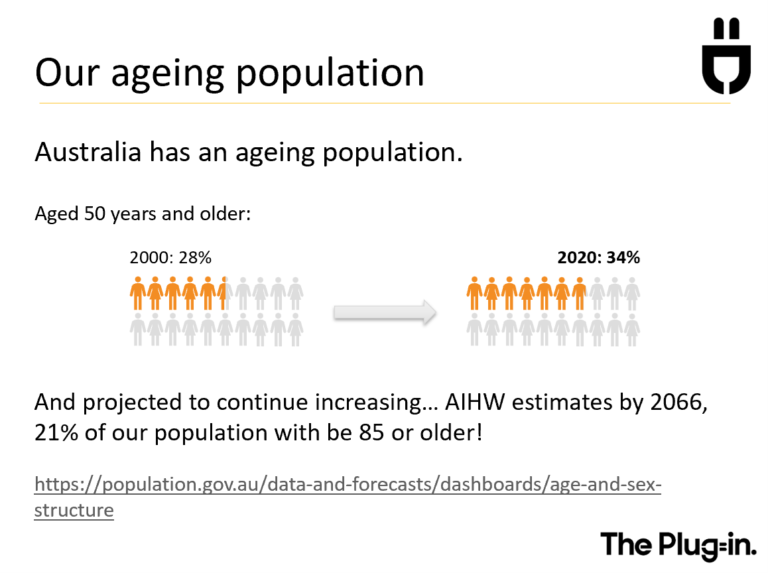
Why is it important for energy businesses to engage with Older Australians?
Australia has an aging population with 34% aged over 50 in 2020 and 21% of Australians expected to be 85 or over by 2066.
Older Australians are diverse. For those over 65, 37% were born outside of Australian and 18% speak a language other than English at home. More than a third live in regional or remote areas. The aging experience for the Aboriginal and Torres Strait Islander population is different from that of the non-indigenous Australians with only 16% aged over 50 (compared to 34% of non-indigenous Australians).
How do you effectively engage with Older Australians?
- Have a clear purpose! Older Australians need to know what you need from them.
- Be inclusive. Make sure you engage and provide opportunities for older Australians to be part of the engagement in an appropriate way (see more on this later).
- Reflect the diversity of older Australians. One size does not fit all. Older Australians are multi-lingual, live in cities and regional areas, and are identified as older over 50 in First Nations communities.
- Work with older Australians not for them, provide processes where they can participate in the design, delivery, and outcomes of your engagement with them.
- Build relationships. It can be difficult to get communities on board if there is not an existing relationship with them. Consider how you will build trust with communities and the organisations who represent & support them.
- Be respectful. Be mindful of the language that you use particularly terminology that can be invertedly ageist, for example instead of a dementia sufferer use strength-based terms such as a person with dementia OR person living with dementia OR person with a diagnosis of dementia.
- Reflect, adapt and improve. Close the loop when you engage with communities to check in on what you heard and feedback how the engagement has been incorporated into the product or service.
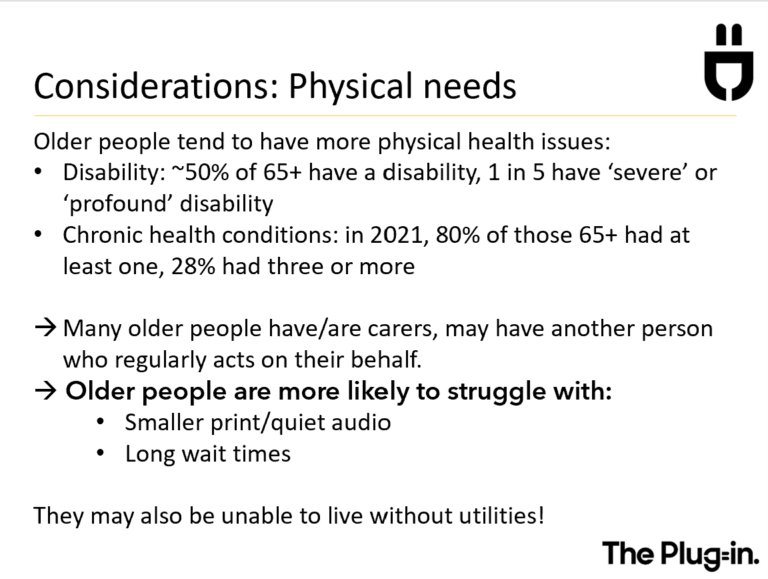
What considerations and adaptations are important when reaching out to older Australians?
Digital access and literacy vary. Most older Australians are online (93% of 65+ age group have internet access at home) however, they still experience low digital literacy which impacts how they use digital tools. For example, many use social media (43% on FB or Instagram) but are unable to use apps. It is important to offer offline alternatives and make sure it is easy to find these alternatives. This includes options for a third-party such as a family member or carer, to assist.
Consider older Australians preferred methods of communication and engagement. Conversations are often much easier and preferred by older people. It is also important to consider if your customer contact options are potentially discriminatory. If your service has limited its methods of contact i.e., an online contact form only, this can open your service up to increased risk of regulation or action by consumer advocacy bodies.
There are current examples of consumer action against the rental and property sector (who only offered applications online), airlines (who provided age-based discounts to passengers because they required less support) and television suppliers in Australia (who supplied TVs without audio descriptive technology).
Older people are more likely to have physical health issues and therefore will have carers or family to support them. Be aware that another person may act on their behalf, consider if your processes accommodate the carer. Consider how your service uses small print, quiet audio and if customers experience long wait times, these barriers will impact the service you can provide to older people.
Watch the ‘Engagement with Older Australians’ session
If you would like to watch the Know Your Customers + Communities – Engagement with Older Australians session that looked at how to work with Australians aged 50 and over in the design of products and services and the delivery of research, you can watch the recorded session here.
About this event
This event was part of the ‘Know Your Customers + Communities’ Community of Practice dedicated to building capability around robust and fit-for-purpose customer, community, and stakeholder engagement, and building organisational cultures that value the customer voice in decision making.
Know Your Customers + Communities is a collaboration with between the Energy Charter and Water Services Association of Australia under our Collaboration Memo of Understanding (MoU).
To become a regular member of this Community of Practice, please contact Bec Jolly, Director Collaboration bec.jolly@theenergycharter.com.au.

